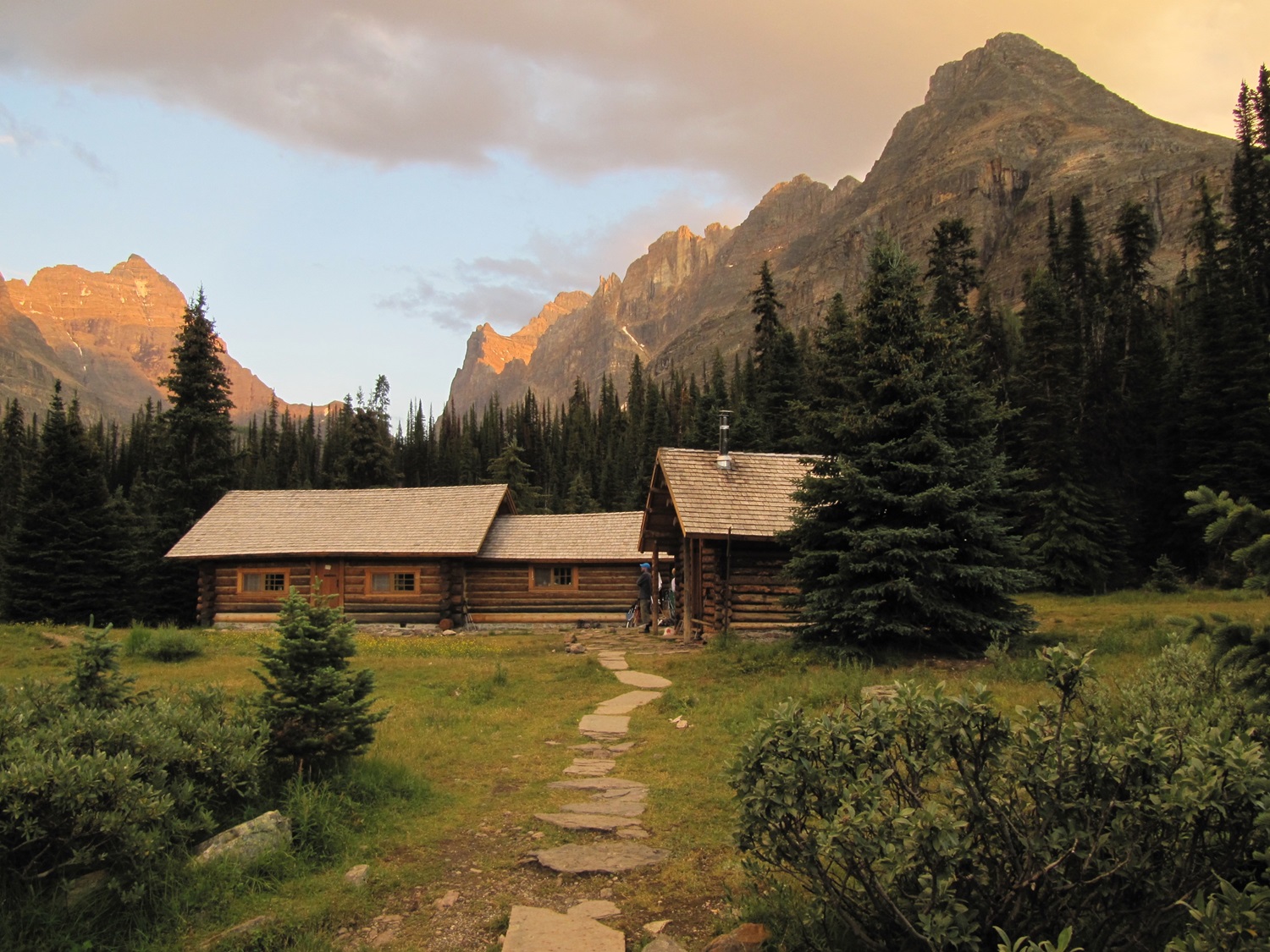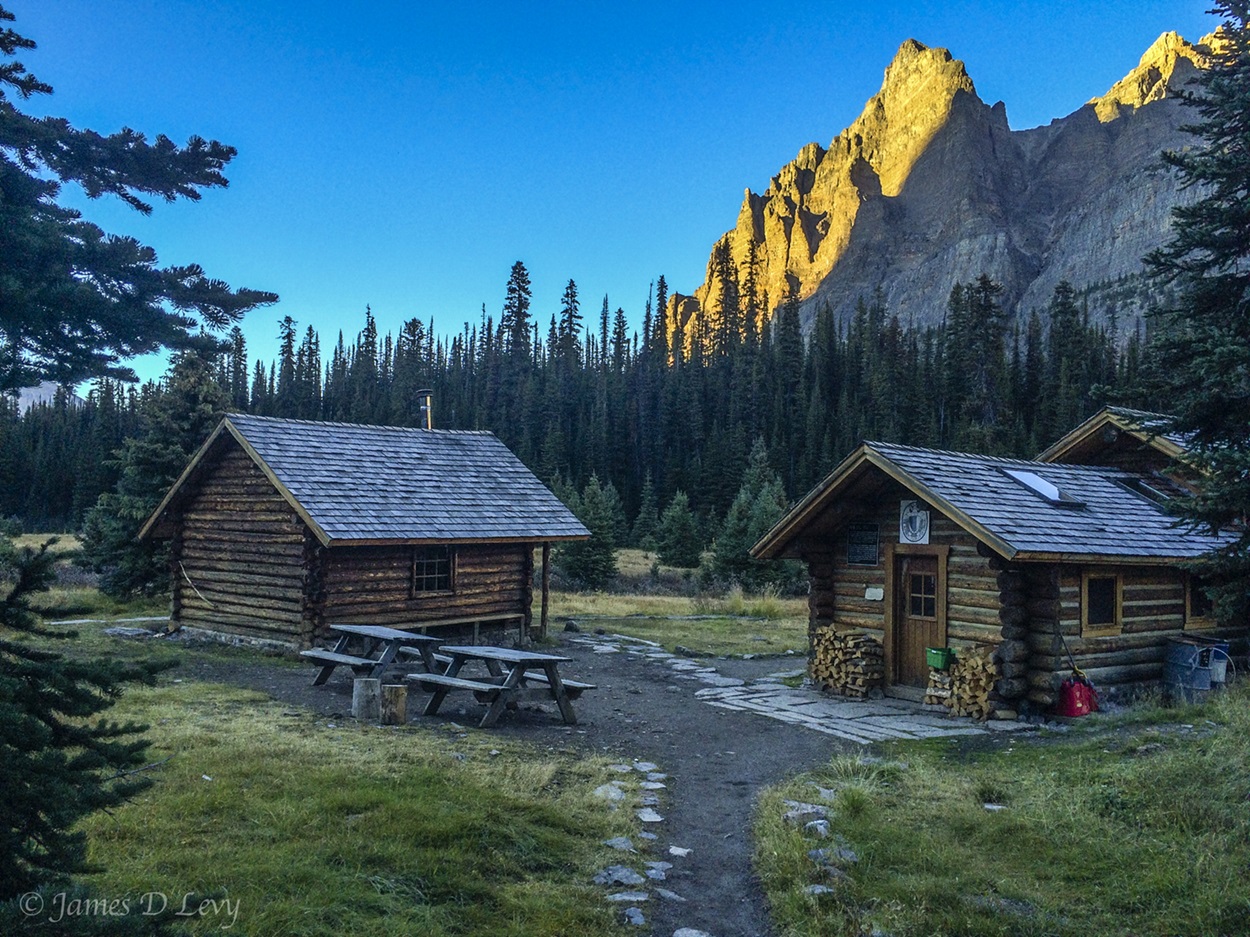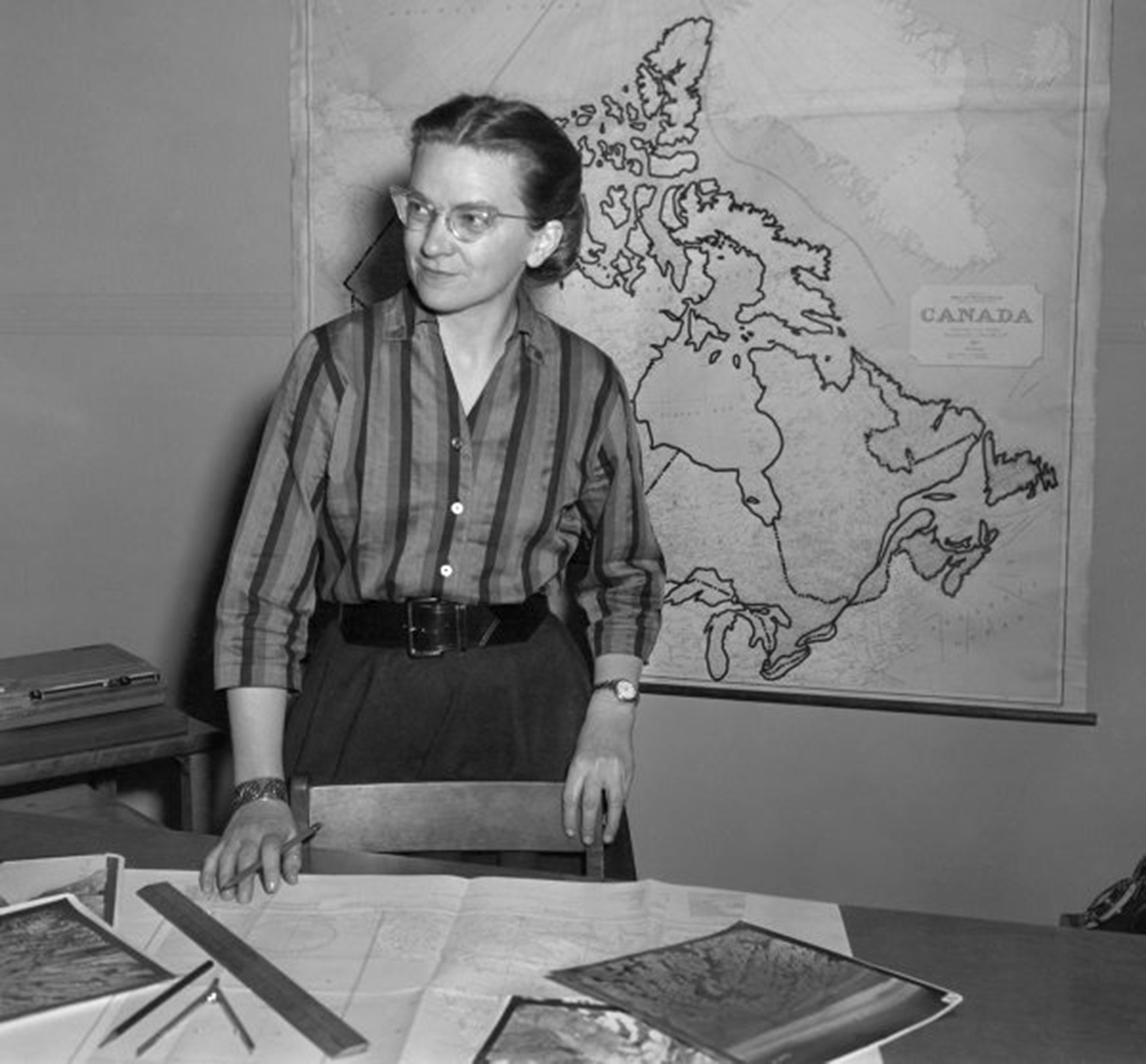Elizabeth Parker (née Fulton), journalist, cofounder of the Alpine Club of Canada (born 19 December 1856 in Colchester County, NS; died 26 October 1944 in Winnipeg, MB). Elizabeth Parker wrote a weekly, then daily column for the Manitoba Free Press for nearly 40 years. Although not a mountaineer herself, Parker’s love of mountains and national pride led her to cofound the Alpine Club of Canada in 1906. Through her involvement with the club and writing on the topic, Parker promoted appreciation, protection and patriotic pride for Canada’s mountain landscapes.

Early Life and Move to Manitoba
Elizabeth Parker was born to George Fulton and Mary Tupper in Colchester County, Nova Scotia on 19 December 1856. Her mother passed away when she was a toddler, and her father remarried. Her stepmother instilled a love of reading and literature, and Parker would read to her while she was sick. Educated at Truro Normal School, she married Henry John Parker at age 18, and the couple lived in Halifax.
In 1892, Elizabeth, Henry and their four children moved from Nova Scotia to Winnipeg. Parker became actively involved in the community, joining the Winnipeg Travellers’ Aid Society, the Young Women’s Christian Association, the Winnipeg Branch of the Women’s Canadian Club, the University Women’s Club and the Poetry Society.
Journalism Career
After attending a poetry reading, Elizabeth Parker visited the office of the Manitoba Free Press to demand better coverage of that and similar events. In response, the newspaper editor, J.W. Dafoe, challenged her to address the situation herself. The ensuing column she wrote was published in January 1904 and began her 36-year-long career in journalism. Parker published a weekly column, “A Reader’s Notes,” until 1912, when it began appearing daily for almost three decades.
While living in Manitoba, Parker suffered from poor health and took her children to Banff in a bid to improve her condition. The hot springs in Banff National Parkhad become a destination for those seeking therapeutic waters in the late 19th century. This sojourn was Parker’s first time visiting the Rockies, and it was in Banff that her love of the mountains was stirred. After 18 months, Parker returned to Winnipeg, where she wrote stories about mountains, along with her work for the Manitoba Free Press.
Alpine Club of Canada
In the early 20th century, Charles Fay, the first president of the American Alpine Club, proposed a Canadian branch of the club. Canadian mountain surveyor Arthur Oliver Wheeler wrote to the Manitoba Free Press in support of Fay’s proposition. Tasked with writing the newspaper’s response to Wheeler’s letter, Elizabeth Parker unleashed her utter aversion to the idea, invoking national pride in her reply: “It knocks me speechless and fills me with shame for young Canada … Surely, between Halifax and Victoria, there can be found at least a dozen persons who are made of the stuff needed to climb, and care enough about our mountain heritage.”
Taken aback by the opposition to the idea, Wheeler replied in turn, and thus began a correspondence between the two. While initially hindered by Wheeler’s assumption that he was corresponding with a man (Parker had signed her initial reply with “M.T.,” her mother’s maiden name initials), the pair came to found the Alpine Club of Canada (ACC) in 1906. Parker served as the club's first secretary until 1910 and helped establish and contribute to the Canadian Alpine Journal, the club’s now-annual publication. Through her articles, she spread her love for the mountains and continued her submissions beyond her tenure as secretary.
Parker saw the club as a way to promote the appreciation, protection and conservation of Canada’s mountain landscapes, as well as generating art and scientific study. The ACC would influence environmentalism and public policy around Canada’s mountain parks. For Parker, the club was also essential for national pride, writing in the first volume of the Canadian Alpine Journal: “The Canadian Rocky Mountain system, with its unnumbered and unknown natural sanctuaries for generations yet unborn, is a national asset. In time we ought to become a nation of mountaineers, loving our mountains with the patriot's passion.”
Although not a mountaineer herself, Parker was a strong supporter of women mountaineers, and her involvement helped pave the way for women in the sport. In the club’s first year, 310 members joined, of which 77 were women. Within a decade, women made up half of the club’s membership.
Starting in the first year of operation, the ACC hosted a general mountaineering camp each summer. Parker keenly enjoyed these annual camps, but declining health meant she had to limit her participation after 1913. However, she continued her work by sharing the mountains through her columns in the Manitoba Free Press.
Honours
Elizabeth Parker passed away in 1944, at aged 88, in Winnipeg.
Recognition for her contributions to Canada and mountaineering began in 1931, when the Elizabeth Parker Hut in Yoho National Park was named in her honour. The hut, now a Recognized Federal Heritage Building, was built in 1919 by the Canadian Pacific Railway Company, which donated the hut to the Alpine Club of Canada. Parker Avenue in Winnipeg is also named in her honour.
The Alpine Club of Canada established the Elizabeth Parker Award in 2006 to recognize extraordinary contributions to the club. In 2011, Parker was designated a National Historic Person by Parks Canada.
“By virtue of its constitution, the Alpine Club is a national trust for the defence of our mountain solitudes against the intrusion of steam and electricity and all the vandalisms of this luxurious, utilitarian age; for the keeping free from the grind of commerce, the wooded passes and valleys and alplands of the wilderness. It is the people's right to have primitive access to the remote places of safest retreat from the fever and the fret of the market place and the beaten tracts of life.” — Elizabeth Parker, Volume 1 of the Canadian Alpine Journal (1907)


 Share on Facebook
Share on Facebook Share on X
Share on X Share by Email
Share by Email Share on Google Classroom
Share on Google Classroom








